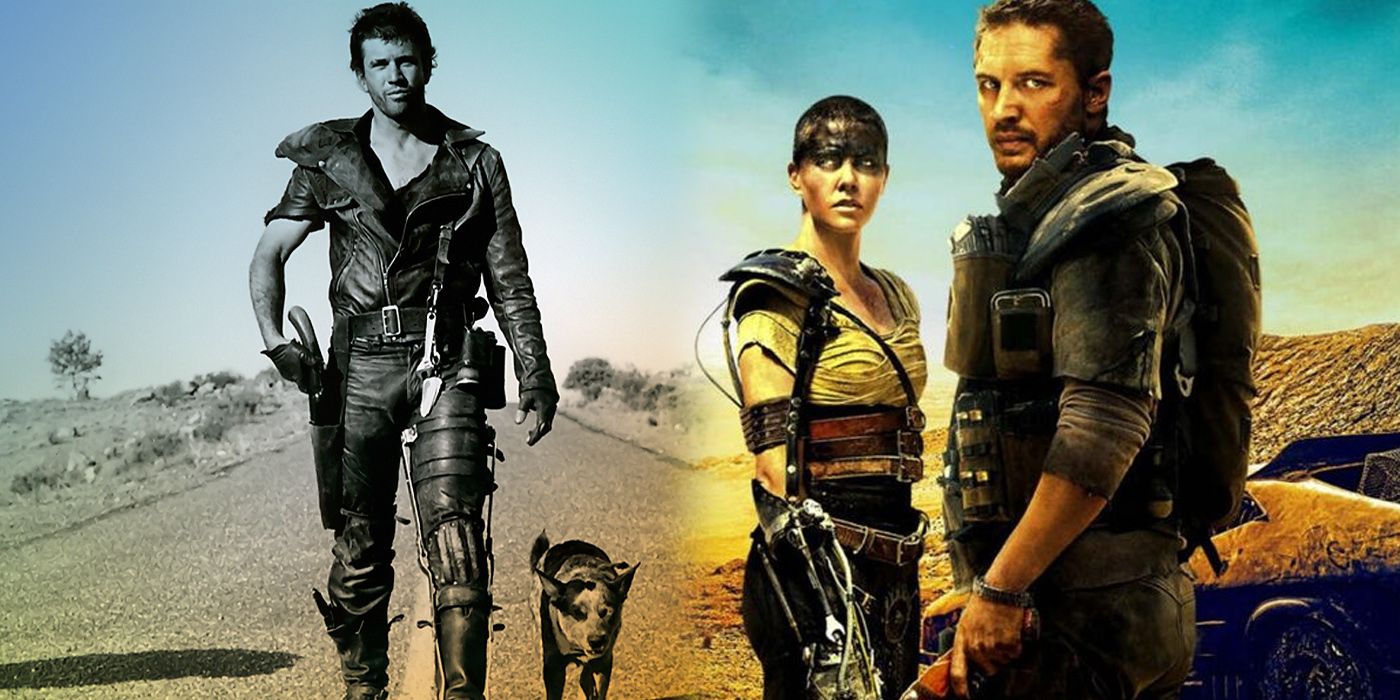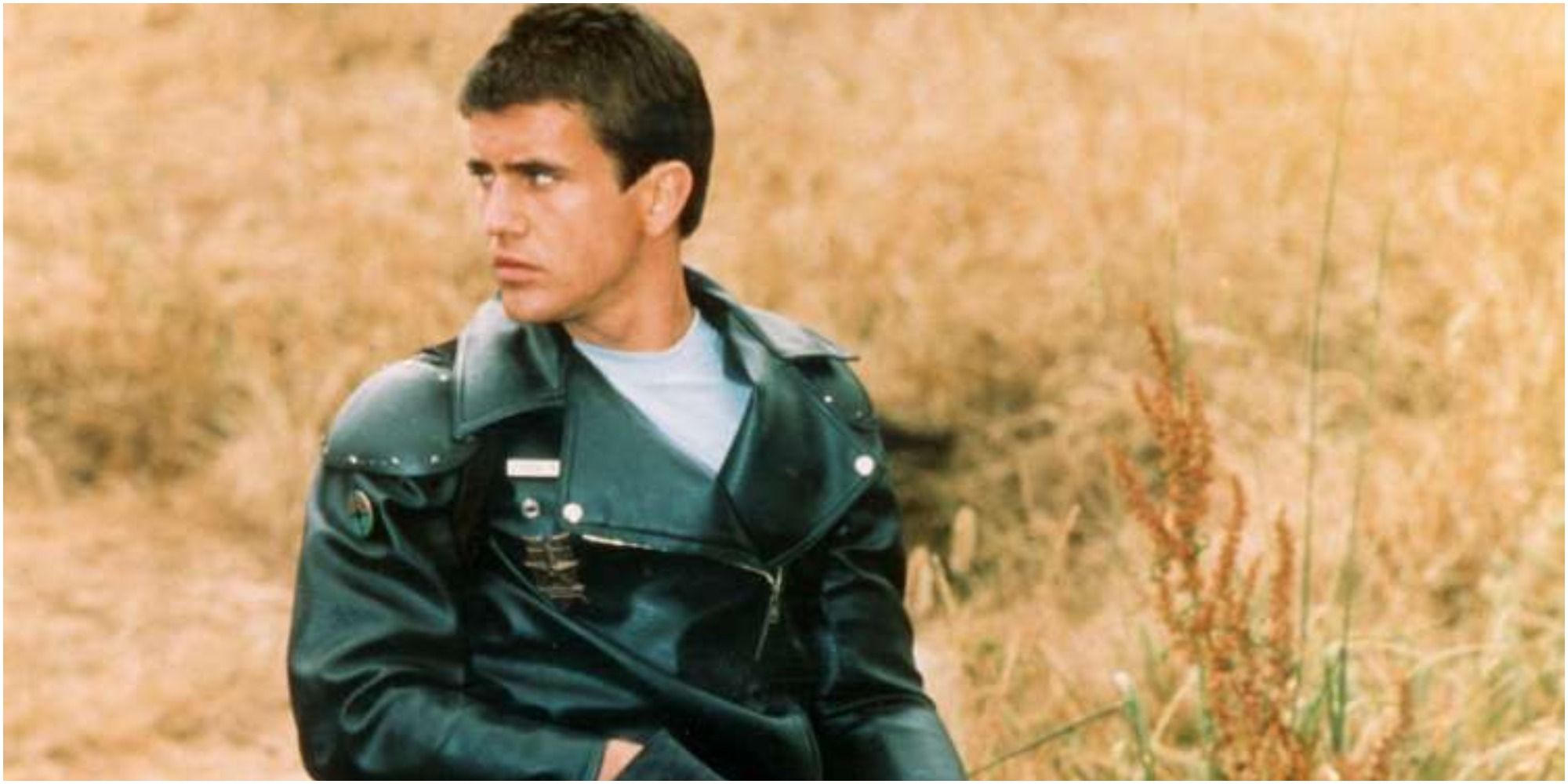
The original Mad Max and 2015’s sequel Fury Road both feature very little dialogue, but why was this decision made by the franchise creator, writer/director George Miller? Released in 1979 to rave reviews, the sparse and grim revenge thriller Mad Max has very little in common with its eventual 2015 sequel Fury Road at first glance, but the two share one obvious trait: minimal dialogue.
The revenge thriller starring Mel Gibson sees an embattled cop attempt to maintain the peace in a crime-ridden city, only to end up embarking on a bloody quest for vengeance when a criminal gang targets his partner and family. It’s a realistic, grounded thriller that looks nothing like the later post-apocalyptic action thriller Fury Road, which sees the same title character embroiled in a scheme to ferry a harem of hostages out of creepy warlord’s desert hide-out and secure safety in a faraway oasis, the Green Place.
However, while Fury Road’s far-fetched, extremely stylized action is a far cry from Mad Max's muted realism, there’s one thing that unites the two movies. Both the original Mad Max and Fury Road feature almost no dialogue, with the simple stories of each movie being told almost entirely in visual terms. According to director George Miller, who helmed both radically different installments of the series, this choice was an intentional one. Miller claimed that he wanted the movies to be “silent movies with sound,” an apparent oxymoron which meant that he was aiming to ape the hyper-visual, stunt-heavy stylings of Harold Lloyd and Buster Keaton while keeping the dialogue to a minimum and ensuring the story stayed simple, emotionally intense, and easy-to-follow.

The approach was necessary for the original, as Mad Max’s very limited budget meant that recording too much dialogue would have been prohibitively expensive. The few lines that the movie does feature are well-used, with the unforgettable villain Toecutter getting the lion’s share of memorable lines (outside of Gibson’s star-making central turn, that is). However, the initially practical approach ended up proving so artistically effective that Miller revisited this strategy in the movie’s critically acclaimed sequels.
The first Mad Max sequel, 1981’s The Road Warrior, leaned hard into the approach, cutting the dialogue down to a few dozen lines and winning critical acclaim as a result. The second sequel Beyond Thunderdome featured a lot more exposition, and the change was met with the franchise’s worst reviews. Fury Road’s return to a less dialogue-heavy style resulted in the best reviews received by the Mad Max franchise so far. Fury Road’s almost-dialogue-free worldbuilding was so impressive that it went on to influence Bong Joon-Ho’s Oscar-winning class satire Parasite years later, with the director saying he admired how much was conveyed without speech in the Mad Max installment's intense and propulsive image-driven action.
from ScreenRant - Feed https://ift.tt/37WrjFh



0 Comments